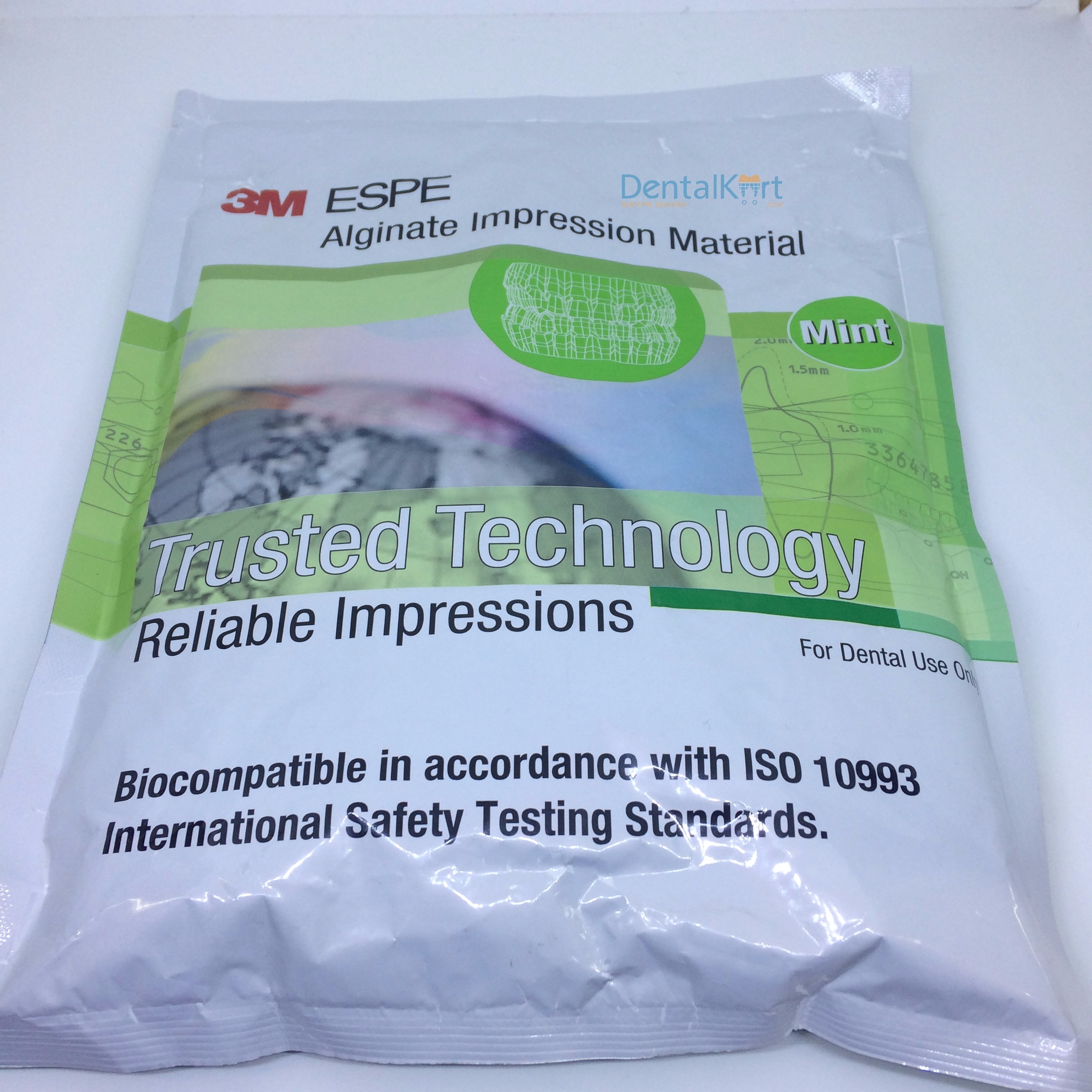

Dentists commonly used hydrocolloids as impression materials until the 1940s. Meyerhof says when it is hotter, hydrocolloid is a liquid, and you can put in trays to set up. Hydrocolloid, which contains agar made from a special type of seaweed, is a reversible material that gels at 90 degrees Fahrenheit. Meyerhof explains.Īround 1930, dentists began using flexible impression materials. But it could be used for dentures for people who have no teeth, for instance, quite well,” Dr. “Once again, it will lock into undercuts, and would have to be broken and reassembled on the bench.

Impression Compound softens when heated to 150 degrees Fahrenheit and then the dentist would let it set up. Material advancements At the turn of the twentieth century, dentists began using Impression Compound, which is wax with a talc filler and a lubricant that softens when heated. Meyerhof says this technique persisted until the early 1900s. Moreover, since plaster is not elastic, the dentist would tap it with a mallet to break it out and then reassemble outside the mouth. Meyerhof explains, plaster sets up quickly, so the dentist would have to work quickly. The earliest techniques used a tray made of wax. However, it was revolutionary back then to have impressions taken and dentures made.īy the middle of the 1800s, dentists began using plaster as their impression material. She can only imagine the state of those impressions traveling in that mail during the 1700s with that much handling. She says the wax changes handling properties as the students work and raise the temperature in the room. Wax changes dimensions in different room temperatures.
New alginate impression material how to#
Khoynezhad teaches her students how to set teeth in wax. "So, people could take a wax impression at home and send it to them, and then he would send a denture back to them," Dr. The ad ran in 1787 in the New York Daily Advertiser and read, "persons at any distance may be supplied with artificial teeth by sending an impression, taken in wax, of the place where wanted…" 1 Shirin Khoynezhad, DDS, a prosthodontist and the Director of Second-Year Pre-Clinical Dentistry at the University of Alabama, says another dentist advertising out of New York in the late 1700s also was taking impressions. Greenwood would have poured the cast with plaster of Paris. John Greenwood, used the same method softening the wax, molding it to the teeth, and cooling it with water while it hardened a little before removing it. Meyerhof says President Washington's dentist, Dr. George Washington, who had several sets of dentures in his lifetime, would have had a dental impression made with beeswax. Wax was commonly used for impressions, particularly beeswax. However, there is no surviving evidence of how the Etruscans did this. This prosthesis would have required a model, Dr. For example archaeological evidence shows us that, as early as 600 BC, the Etruscans in making a fixed bridge would solder together bands around both abutments and pontics that were made of ox bone. Some dentists claim that the use of wax goes back much earlier, but there is no remaining evidence for how they took impressions. Philip Pfaff, who was the King of Prussia’s dentist, used sealing wax softened in hot water, which he then molded to the teeth and then poured in plaster to make a cast for a partial denture. He says the earliest known use of impression materials was in the mid-1700s in Prussia. Peter Meyerhof, DDS, Ph.D., has a private practice in Sonoma, Calif., and is on the board of the American Academy of the History of Dentistry. We spoke to experts to learn more about how these materials have changed over the years and why. However, more than 200 years later, we still use impression materials for the same purpose, but not the same stuff. They are there to help you feel comfortable.Dentists have been using impression materials to capture the detail of patient's mouths for restorative work since the early 1700s. If you are worried about an active gag reflex, talk to your dentist. Precise impressions help dentists make custom fitting appliances that won't cause irritation or discomfort. Getting impressions of your teeth is an important part of restorative and orthodontic treatments. They may administer nitrous oxide, laughing gas, to stop the reflex and make you feel relaxed. Let your dentist know if you experience a gag reflex. The tray will be firmly placed on the upper or lower teeth (depending on where the dental work is being done) for a couple of minutes. The mixture is then spooned onto a u-shaped impression tray that will fit onto the arch of your teeth. Once this is done, they will mix the alginate powder with water to create a smooth, spreadable consistency. Your dentist will start by cleaning the teeth to remove any debris and allow the mouth to partially dry. Making dental impressions happens during your initial consultations.


 0 kommentar(er)
0 kommentar(er)
